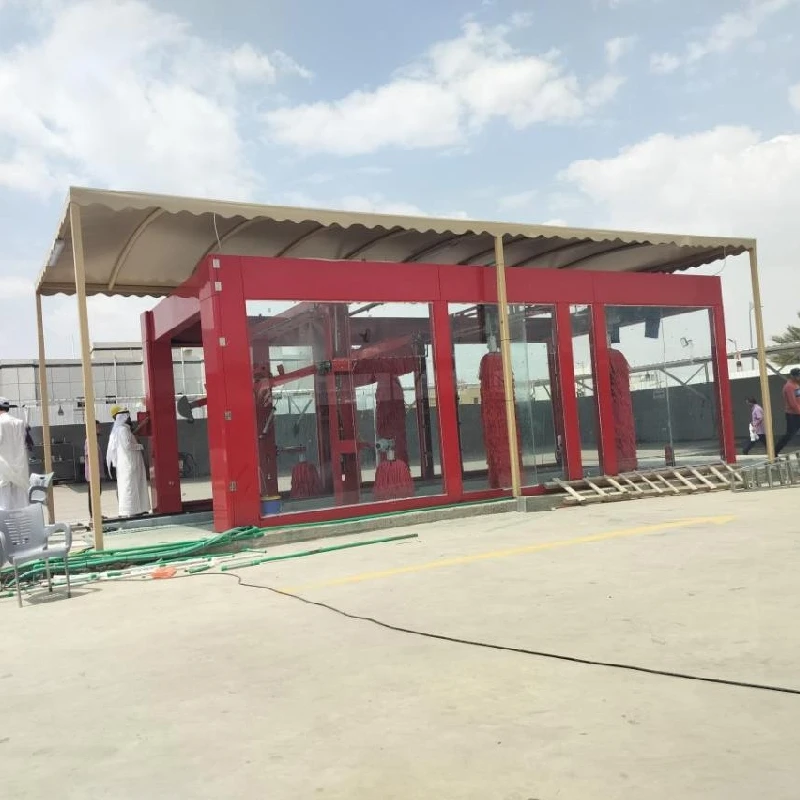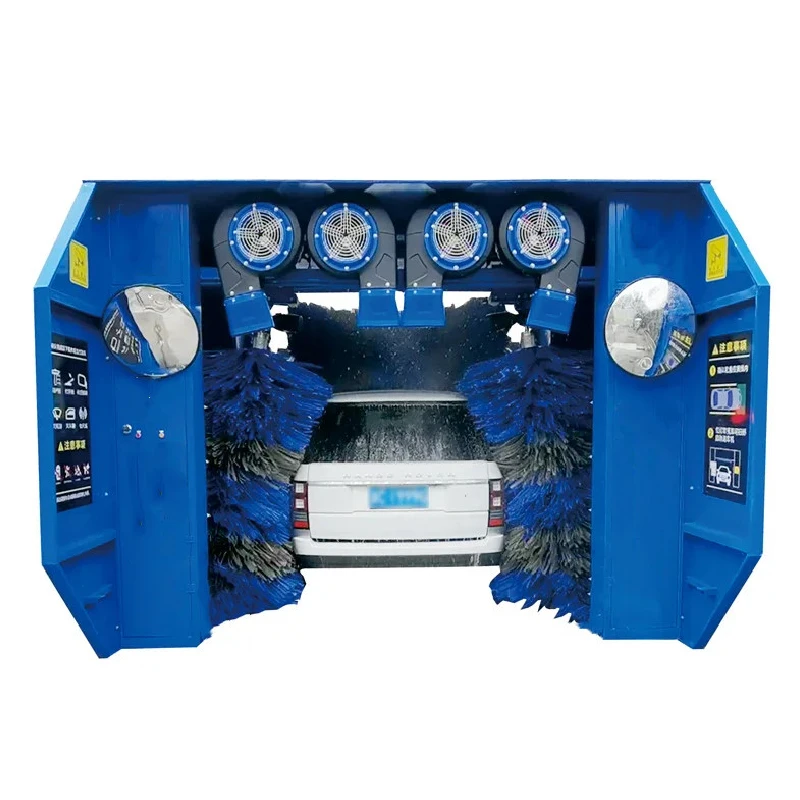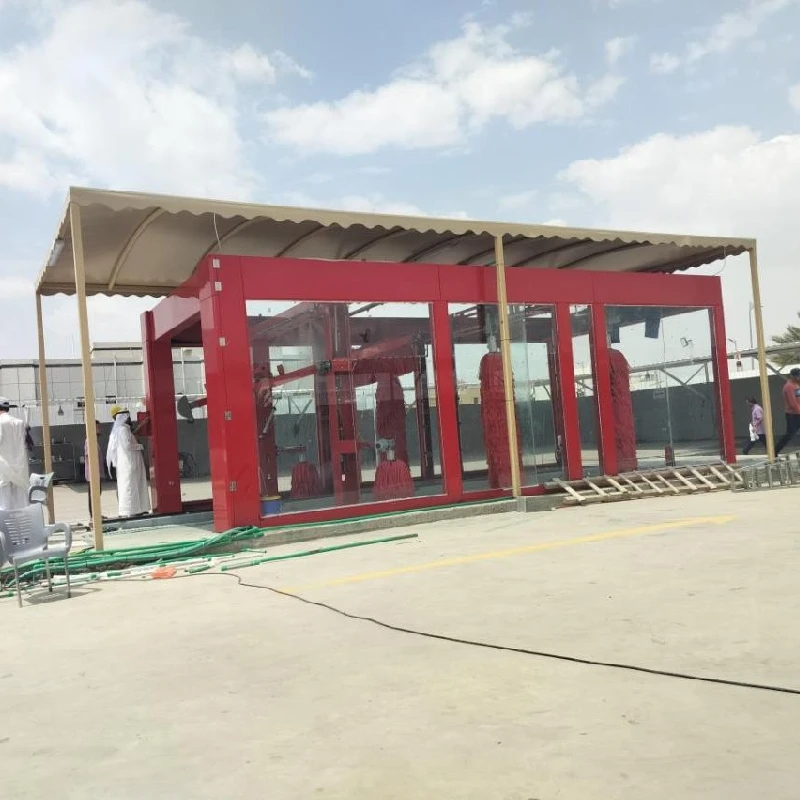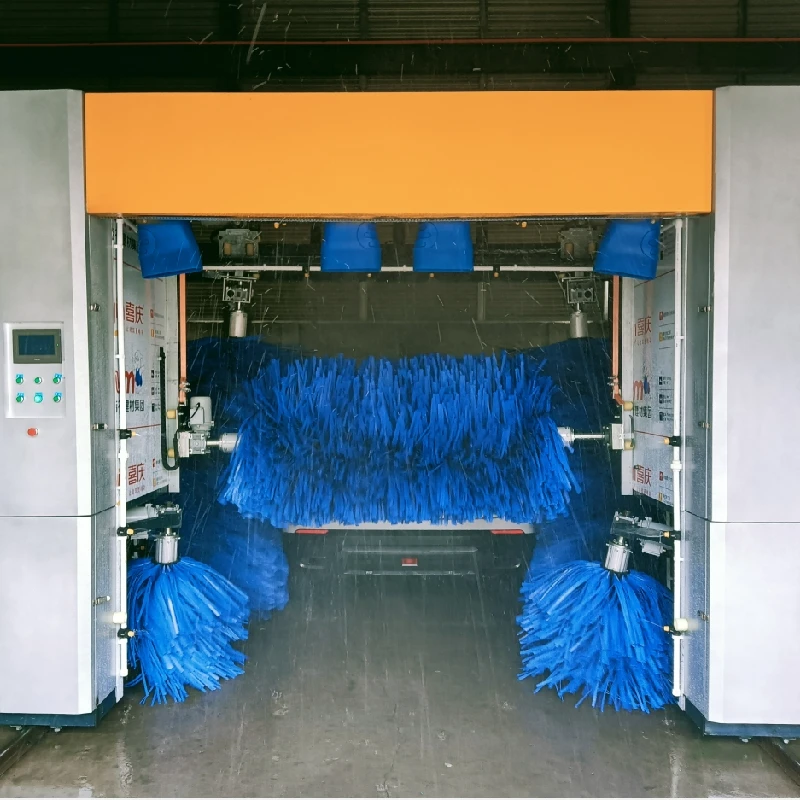Car Wash Tunnel Design: Custom, Efficient, ROI-Driven Systems
What Operators Get Right (and Wrong) About Car Wash Tunnel Design
I’ve toured more washes than I can count—airport-adjacent tunnels, sleepy suburban bays, the whole gamut. And here’s the blunt truth: the best-performing sites aren’t the flashiest; they’re the ones that sweat the details of flow, materials, and controls. The DY-QC-9 Tunnel Car Washing Machine, built in Xingtai, Hebei (27Retail Sales, East of Fuxin Road, Qiaoxi Area), looks ordinary at first glance. But its process—national standard galvanized profiles, CNC machining, welding, forming, galvanizing, then powder spraying with high‑temperature melt—quietly solves the two things that kill ROI: corrosion and downtime.

Trends I’m Seeing
- Throughput over spectacle: 70–90 cars/hour is the new baseline; uptime reporting matters more than neon lights.
- Water reclaim is mainstream: 60–80% recovery rates are typical; customers increasingly ask about it—surprisingly often.
- Modular expandability: owners want to add arches, dryers, or tire shiners without re-pouring concrete.
DY-QC-9 Quick Specs
| Parameter | DY-QC-9 (≈, real‑world use may vary) |
|---|---|
| Throughput | ≈ 60–90 cars/hour |
| Tunnel length | 24–30 m configurable |
| Frame material | National-standard galvanized profiles, galvanized plates |
| Surface finish | High‑temp powder spraying (CNC-prepped) |
| Power | ≈ 25–45 kW installed (by configuration) |
| Water per car | ≈ 120–180 L with reclaim |
| Controls | PLC, photoelectric vehicle positioning, VFD drives |
| Brush material | Closed‑cell foam / PE, low-friction |
| Service life | Frame 10–15 yrs; brushes 200k–400k cycles |
Process Flow, Materials, and Testing
Flow: pre-soak → foam curtain → friction wash (top/side) → high-pressure rinse → wax/sealant → spot-free rinse → multi-turbine drying. The DY-QC-9 uses galvanized steel for the frame; welds are machined and sealed before powder coat. In fact, that powder layer is the unsung hero for coastal installs.
- Corrosion tests: salt spray to ≥ 480 h per ASTM B117 [1].
- Coating adhesion: cross-hatch per ASTM D3359, target 4B–5B.
- Electrical safety: conforms to IEC 60204‑1; panels can be built to UL 508A when specified [2].
- Functional safety: risk reduction per ISO 13849‑1, PL d targets on emergency circuits [3].
- Ingress: components selected to ≈ IP66–IP67; high-pressure zones consider ISO 20653 concepts [5].
Where It Fits (and Why)
Urban express tunnels chasing subscription volume, dealership reconditioning lanes, rental fleets, even municipal depots. Many customers say the quieter conveyors and gentler foam reduce complaints about mirror scuffs. To be honest, the best compliment is silence—fewer service tickets.
Vendor Snapshot
| Vendor | Frame & Finish | Throughput | Service/Support | Notes |
|---|---|---|---|---|
| DY-QC-9 | Galvanized + high-temp powder | ≈ 60–90 cph | Factory-direct, modular spares | Strong on corrosion resistance |
| Vendor A (import) | Painted steel; optional hot-dip | ≈ 50–80 cph | Regional integrators | Lower upfront, higher upkeep |
| Vendor B (premium) | Hot-dip + epoxy topcoat | ≈ 70–100 cph | 24/7 global network | Higher price, strong analytics |
Customization and Real-World Results
Options: longer conveyors, extra foam arches, ceramic sealant dosing, LED UX, reclaim/softeners, and cashless gates. One suburban case (I guess the most relatable): a 27 m DY-QC-9 with reclaim boosted volume from 38 to 64 cph at peak, trimming water bills ≈ 55%. Payback penciled out at ~18 months—modest ticket, high volume.
User Feedback
“Startup every morning without fiddling,” said one fleet manager. Another noted, “Foam is gentle; fewer antenna complaints.” It seems that uptime, not just shine, is what keeps memberships renewing.
If you’re mapping a new site, anchor the layout with strong hydraulics, open maintenance access, and—yes—robust Car Wash Tunnel Design choices around corrosion and controls. That’s where profit hides. And if you’re upgrading an existing line, modular add-ons plus a durable frame can reset your trajectory without shutting down for weeks. In other words: thoughtful Car Wash Tunnel Design pays for itself.
Certifications and Compliance
CE (Machinery Directive 2006/42/EC), IEC 60204‑1 electrical safety, optional UL 508A control panels, and documented risk assessments per ISO 12100/13849. Ask for test reports—don’t just take anyone’s word for it.
References
- ASTM B117 – Standard Practice for Operating Salt Spray (Fog) Apparatus: https://www.astm.org/b117-19.html
- IEC 60204‑1 – Safety of machinery – Electrical equipment of machines: https://webstore.iec.ch/publication/63479
- ISO 13849‑1 – Safety of machinery – Safety-related parts of control systems: https://www.iso.org/standard/69883.html
- EU Machinery Directive 2006/42/EC: https://eur-lex.europa.eu/eli/dir/2006/42/oj
- ISO 20653 – Degrees of protection (IP) for road vehicles: https://www.iso.org/standard/55226.html
-
Car Wash Equipment – Durable, Efficient, Pro-Grade SystemsNewsNov.10,2025
-
automatic car washing machine price list: Fast ROI, Low CostNewsNov.10,2025
-
Car Wash Tunnel Design for High Throughput, ROI & UptimeNewsNov.10,2025
-
Car Wash Tunnel Design | High Throughput & Low MaintenanceNewsNov.10,2025
-
Automatic Car Washing Machine Price List - Fast ROINewsNov.10,2025
-
Car Wash Tunnel Design: High Throughput, Custom & DurableNewsOct.27,2025




